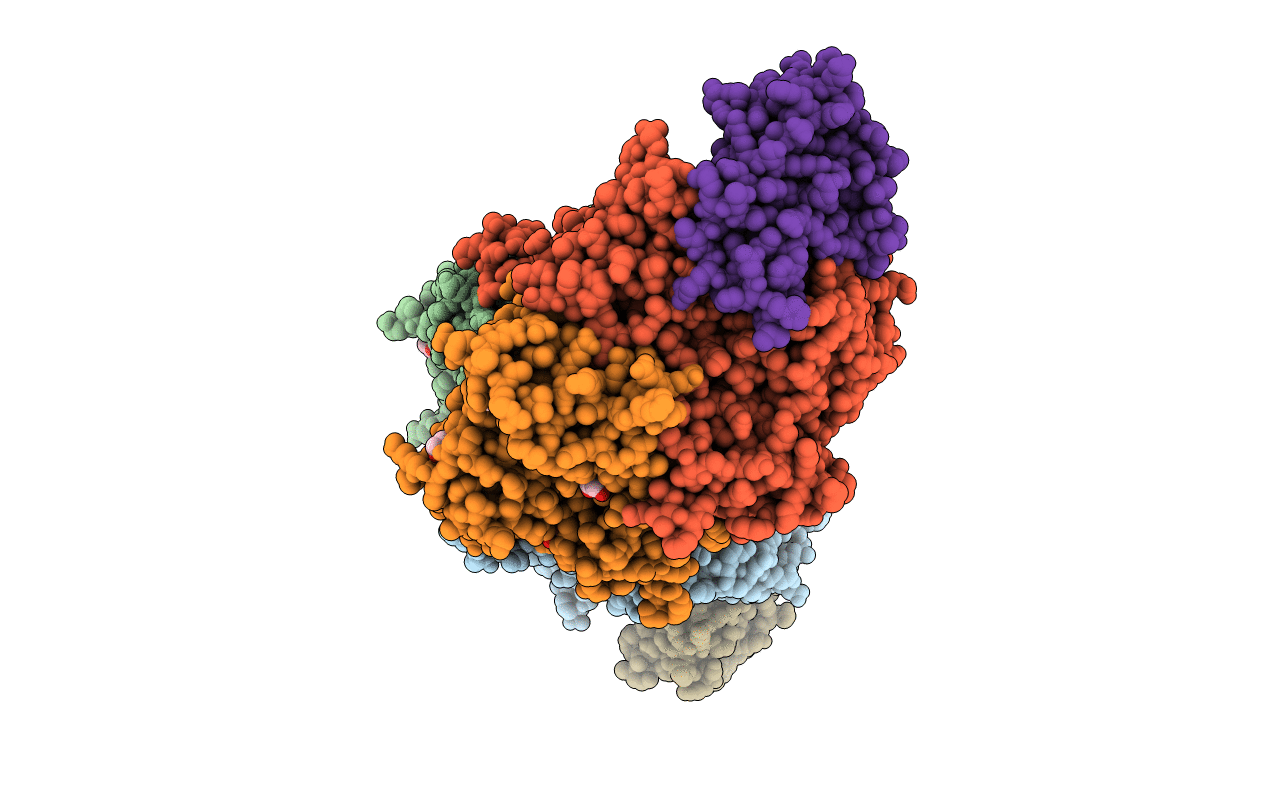
Deposition Date
2020-09-16
Release Date
2020-09-30
Last Version Date
2024-01-31
Entry Detail
PDB ID:
7ADY
Keywords:
Title:
CO-removed state of the active site of vanadium nitrogenase VFe protein
Biological Source:
Source Organism:
Azotobacter vinelandii (Taxon ID: 354)
Host Organism:
Method Details:
Experimental Method:
Resolution:
1.05 Å
R-Value Free:
0.14
R-Value Work:
0.12
R-Value Observed:
0.12
Space Group:
P 1


